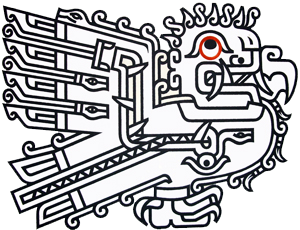Description
The art of adornment, so developed today, appears in the Saharan Neolithic with a sudden and unexpected brilliance. Early explorers of South Africa reported the curious way in which ostrich egg beads were made. Test fragments were punctured, threaded onto a thong which, at the end of the operation, was knotted at both ends. The resulting coarse roll was then walked for a long time on all sides inside a narrow groove cut in a soft stone. At the end of the operation, the beads were perfectly circular. But their main purpose was to be used as... money! The majority of ancient ornaments are reused nowadays; however, plastic has recently been added to the rich material of the beautiful coloured stones (IFAN collections, Dakar). - 1969
Description
The art of adornment, so developed today, appears in the Saharan Neolithic with a sudden and unexpected brilliance. Early explorers of South Africa reported the curious way in which ostrich egg beads were made. Test fragments were punctured, threaded onto a thong which, at the end of the operation, was knotted at both ends. The resulting coarse roll was then walked for a long time on all sides inside a narrow groove cut in a soft stone. At the end of the operation, the beads were perfectly circular. But their main purpose was to be used as... money! The majority of ancient ornaments are reused nowadays; however, plastic has recently been added to the rich material of the beautiful coloured stones (IFAN collections, Dakar). - 1969





